Home>Renovation & DIY>Tools & Equipment>How To Remove Small Screw Without Screwdriver
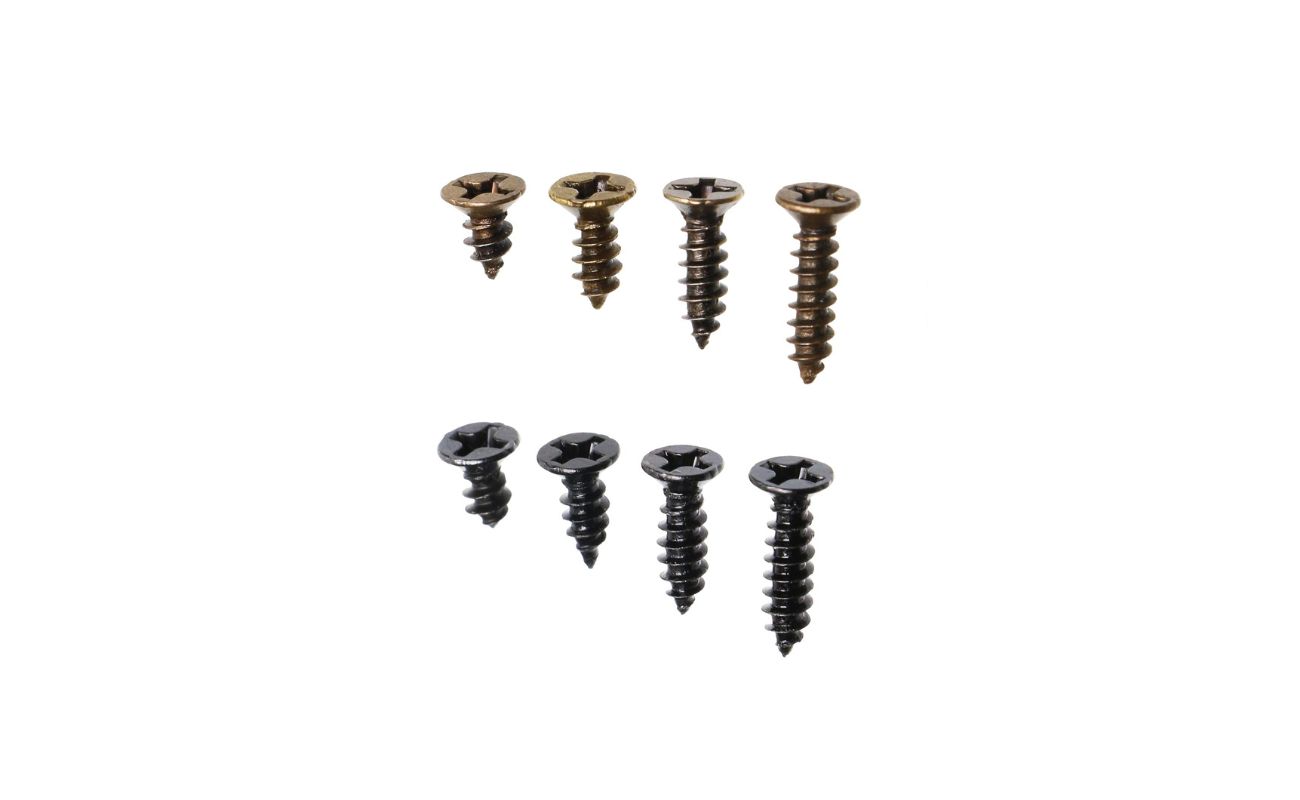

Tools & Equipment
How To Remove Small Screw Without Screwdriver
Modified: January 2, 2024
Learn effective techniques for removing small screws without a screwdriver. Discover alternative tools and equipment for hassle-free screw extraction. Ideal for DIY enthusiasts and professionals.
(Many of the links in this article redirect to a specific reviewed product. Your purchase of these products through affiliate links helps to generate commission for Storables.com, at no extra cost. Learn more)
Introduction
Welcome to the world of DIY repairs and projects! Whether you're a seasoned hobbyist or a newcomer to the world of fix-it-yourself, you've likely encountered the frustration of trying to remove a small screw without a screwdriver. It's a common scenario: you're eager to tackle a task, only to realize that you don't have the right tool for the job.
But fear not! With a little creativity and resourcefulness, you can still conquer the challenge of removing a small screw without a screwdriver. In this guide, we'll explore several ingenious methods that can save the day when you find yourself lacking the appropriate tool. From using everyday items like rubber bands and pliers to employing unconventional solutions such as glue guns and knives, we'll cover a range of techniques to help you successfully extract those stubborn screws.
So, whether you're facing a stripped screw head, misplaced your screwdriver, or simply want to explore alternative methods for removing screws, read on to discover the inventive solutions that can come to your rescue. With a dash of ingenuity and a sprinkle of know-how, you'll be well-equipped to handle the challenge of removing small screws without a screwdriver. Let's dive in and explore these resourceful techniques together!
Key Takeaways:
- Don’t have a screwdriver? No problem! Use a rubber band, pliers, or even a glue gun to remove small screws. Get creative and tackle DIY projects with resourceful solutions.
- When traditional tools are unavailable, think outside the toolbox! Repurpose everyday items like knives or flathead screwdrivers to remove small screws. Embrace DIY ingenuity and problem-solving skills.
Method 1: Using a Rubber Band
When faced with the predicament of removing a small screw without a screwdriver, a simple rubber band can serve as an effective makeshift tool. Here’s how to use this common household item to tackle the task:
- Place the rubber band over the screw head: Start by selecting a wide rubber band that can provide a good grip on the screw head. Position the rubber band over the screw, ensuring that it sits snugly in the screw head’s recess.
- Apply pressure and twist: With the rubber band securely in place, press down firmly on the screw using the rubber band to enhance traction. While maintaining pressure, begin to turn the screw counterclockwise. The friction generated by the rubber band’s grip can help loosen the screw, allowing you to gradually extract it.
- Adjust the rubber band if necessary: If the rubber band slips or loses its grip, reposition it over the screw head and ensure a tight fit before continuing to apply pressure and twist.
This method leverages the flexibility and grip of a rubber band to provide the traction needed to turn the screw. By harnessing the friction between the rubber band and the screw head, you can effectively mimic the functionality of a screwdriver, making it possible to remove the screw without the traditional tool.
So, the next time you find yourself without a screwdriver, remember that a humble rubber band can step in as a valuable ally in your DIY endeavors. With this resourceful technique at your disposal, you can confidently tackle the challenge of removing small screws even when the proper tool is out of reach.
Method 2: Using a Pair of Pliers
When you’re confronted with a small screw and don’t have a screwdriver on hand, a pair of pliers can come to your rescue as a versatile alternative tool. Here’s how you can use pliers to remove a small screw:
- Select the appropriate pliers: Begin by choosing a pair of pliers that matches the size of the screw head. Ideally, the jaws of the pliers should comfortably fit around the edges of the screw head for a secure grip.
- Position the pliers on the screw head: Carefully align the jaws of the pliers with the edges of the screw head, ensuring a firm and secure grip. The teeth or ridges on the jaws can provide traction, allowing you to exert rotational force on the screw.
- Apply steady pressure and twist: With the pliers securely clamped onto the screw head, exert steady pressure while simultaneously rotating the pliers counterclockwise. The grip provided by the pliers allows you to mimic the turning action of a screwdriver, gradually loosening the screw from its position.
- Adjust the pliers if needed: If the pliers slip or fail to provide sufficient grip, readjust their position on the screw head to ensure a secure hold before continuing to apply pressure and twist.
By utilizing the gripping power of pliers, you can effectively overcome the absence of a screwdriver and successfully remove small screws. The versatility of pliers as a multi-purpose tool makes them a valuable asset in your DIY toolkit, capable of handling a range of tasks beyond their traditional applications.
So, the next time you find yourself without a screwdriver, remember that a trusty pair of pliers can step in to save the day. With this adaptable approach at your disposal, you can confidently address the challenge of removing small screws, demonstrating the resourcefulness and ingenuity that define the DIY spirit.
Use a rubber band: Place a wide rubber band over the screw head, then use a pair of pliers to grip and turn the screw. The rubber band provides grip and prevents the pliers from slipping.
Method 3: Using a Glue Gun
When traditional tools are unavailable, a glue gun can serve as a surprisingly effective alternative for removing small screws. Here’s how you can harness the adhesive properties of hot glue to tackle this task:
- Apply hot glue to the screw head: Begin by heating up your glue gun and applying a small amount of hot glue directly onto the screw head. Ensure that the glue covers the entire surface of the screw head, creating a secure bond between the glue and the screw.
- Allow the glue to cool and harden: Once the hot glue is applied, allow it to cool and harden completely. The solidified glue forms a makeshift grip that can be used to turn the screw, effectively substituting for the traction provided by a screwdriver.
- Twist the screw using the hardened glue: With the hot glue solidified and firmly adhered to the screw head, use it as a makeshift handle to apply rotational force. Grip the hardened glue and begin to turn the screw counterclockwise, taking advantage of the bond between the glue and the screw to gradually loosen and remove the screw.
- Clean off the remaining glue: After successfully removing the screw, you can clean off any residual hot glue using appropriate solvents or by carefully scraping it away, ensuring that the screw and surrounding area are free from adhesive residue.
By leveraging the bonding strength of hot glue, you can ingeniously overcome the absence of a screwdriver and accomplish the task of removing small screws. This inventive use of a glue gun demonstrates the versatility of common household tools and showcases the ingenuity that defines the DIY spirit.
So, the next time you’re faced with a stubborn screw and lack the appropriate tools, remember that a trusty glue gun can offer an unconventional yet effective solution. With this resourceful method at your disposal, you can confidently address the challenge of removing small screws, showcasing the creative problem-solving skills that are emblematic of the DIY ethos.
Method 4: Using a Knife or Flathead Screwdriver
When you find yourself without a screwdriver, improvisation can be the key to overcoming the challenge of removing small screws. In the absence of traditional tools, a knife or flathead screwdriver can be repurposed to effectively tackle this task. Here’s how you can utilize these everyday items as makeshift screw-removal tools:
- Select a sturdy knife or flathead screwdriver: Begin by choosing a knife with a robust blade or a flathead screwdriver with a tip that matches the slot of the screw head. The blade or tip should be sturdy and well-suited for exerting torque without bending or slipping.
- Insert the blade or screwdriver into the screw head: Carefully position the blade or screwdriver tip into the slot of the screw head, ensuring a snug fit. The goal is to create a secure connection that allows you to apply rotational force to the screw.
- Apply steady pressure and twist: With the blade or screwdriver securely engaged with the screw head, exert steady pressure while simultaneously rotating the tool counterclockwise. The stability and grip provided by the blade or screwdriver allow you to mimic the turning action of a screwdriver, gradually loosening the screw from its position.
- Exercise caution and precision: When using a knife for this purpose, it’s crucial to exercise caution and precision to avoid accidental slips or injuries. Maintain a firm grip on the knife and apply controlled force to ensure safe and effective screw removal.
By repurposing a knife or flathead screwdriver, you can ingeniously adapt everyday items to serve as makeshift screw-removal tools, showcasing the resourcefulness and improvisational skills that define the DIY ethos. This creative approach highlights the versatility of common household items and demonstrates the ingenuity that can be harnessed when traditional tools are unavailable.
So, the next time you’re faced with a stubborn screw and lack the appropriate tools, remember that a trusty knife or flathead screwdriver can step in to save the day. With this adaptable method at your disposal, you can confidently tackle the challenge of removing small screws, displaying the inventive problem-solving skills that are emblematic of the DIY spirit.
Conclusion
Congratulations! You’ve now discovered an array of ingenious methods for removing small screws without a traditional screwdriver. From leveraging everyday items like rubber bands and pliers to repurposing tools such as glue guns, knives, and flathead screwdrivers, you’ve explored a diverse toolkit of resourceful solutions to address this common DIY challenge.
By harnessing the power of creativity and adaptability, you’ve learned that the absence of a screwdriver doesn’t have to hinder your ability to tackle tasks and projects. Instead, you’ve embraced the opportunity to think outside the toolbox, finding innovative ways to overcome obstacles and achieve your goals.
As you continue your DIY endeavors, remember that the spirit of ingenuity and resourcefulness is at the heart of every successful project. Whether you’re faced with a stripped screw head, misplaced tools, or simply seeking alternative approaches, the techniques you’ve explored serve as a testament to the boundless potential of DIY problem-solving.
So, armed with these inventive methods, you’re well-prepared to confidently address the challenge of removing small screws, demonstrating the resilience and creativity that define the spirit of DIY enthusiasts. Embrace the opportunity to explore unconventional solutions, and let your resourcefulness shine as you navigate the world of repairs, projects, and beyond!
Frequently Asked Questions about How To Remove Small Screw Without Screwdriver
Was this page helpful?
At Storables.com, we guarantee accurate and reliable information. Our content, validated by Expert Board Contributors, is crafted following stringent Editorial Policies. We're committed to providing you with well-researched, expert-backed insights for all your informational needs.
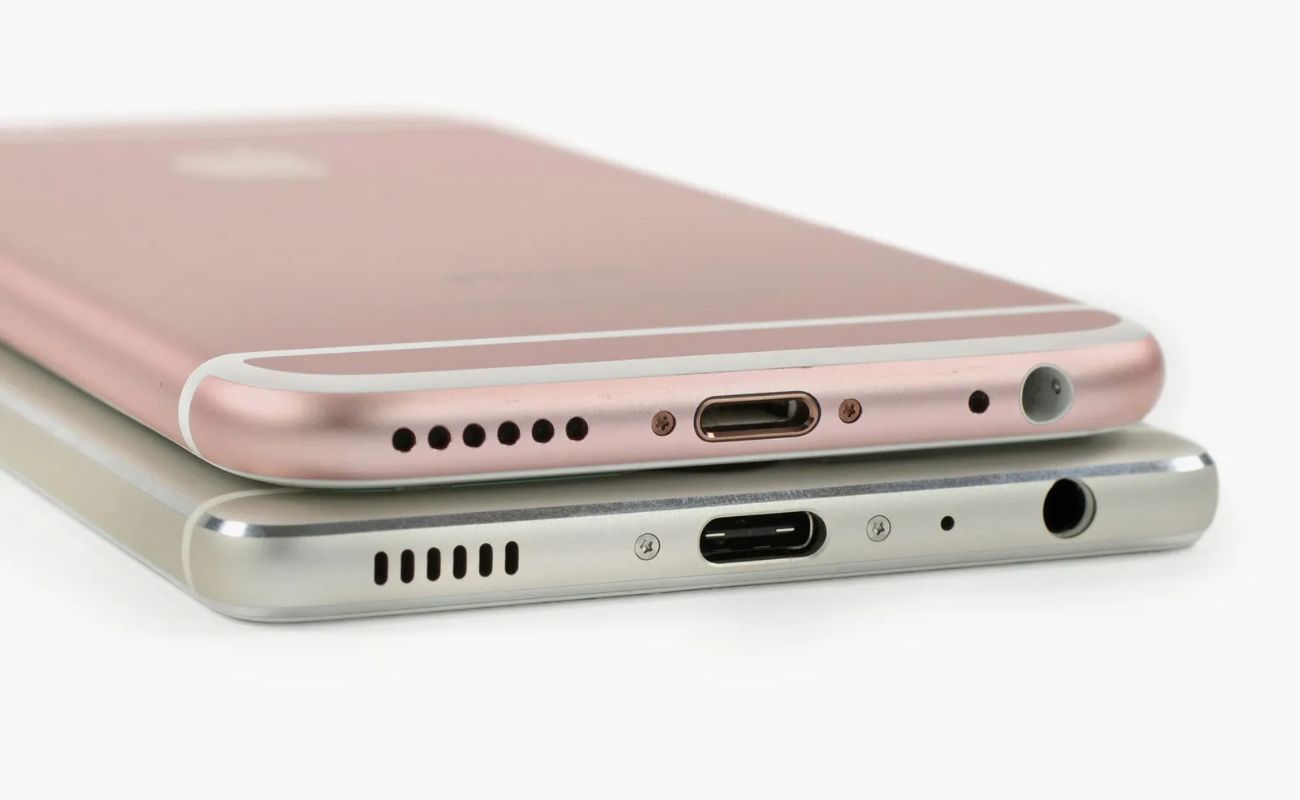
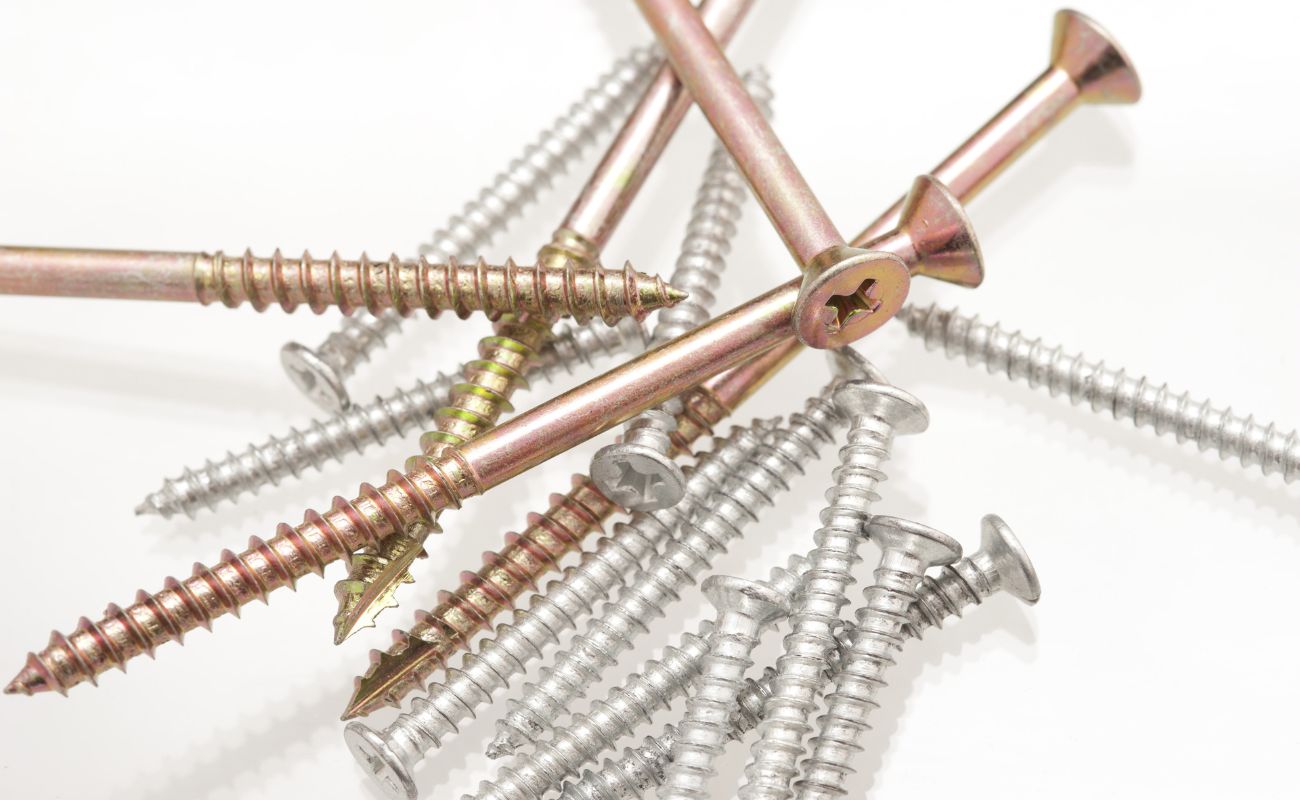
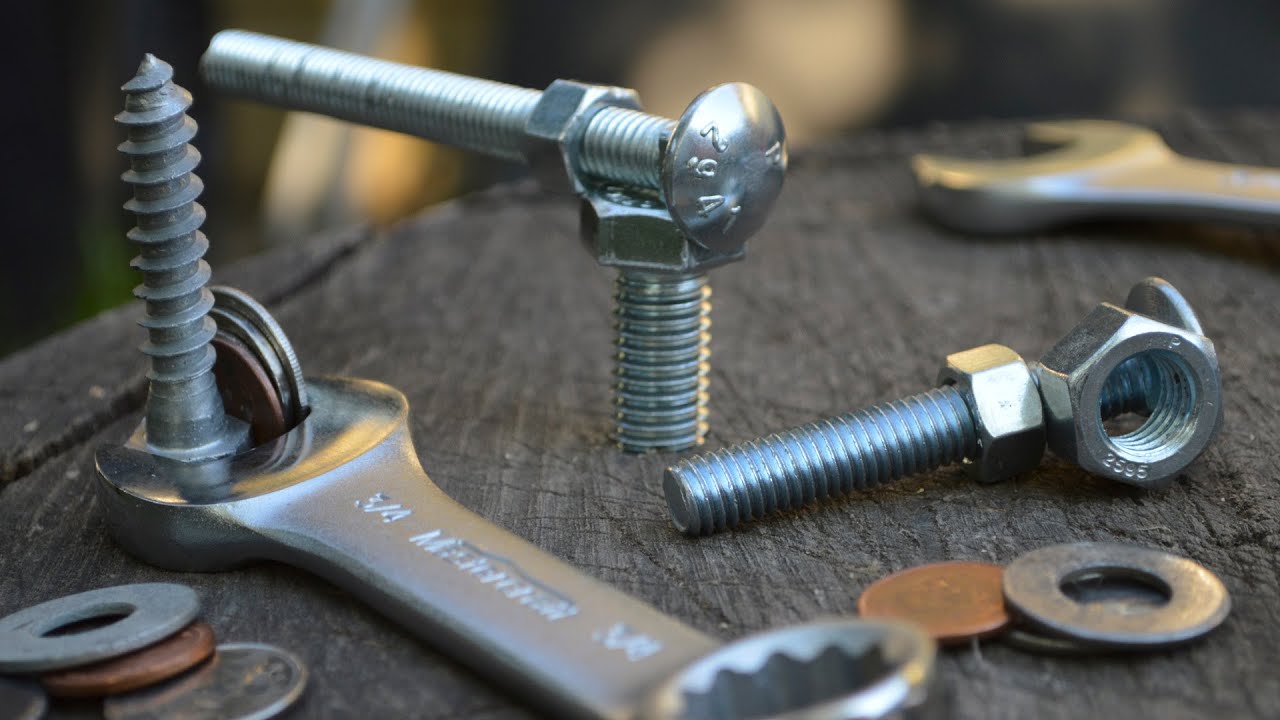
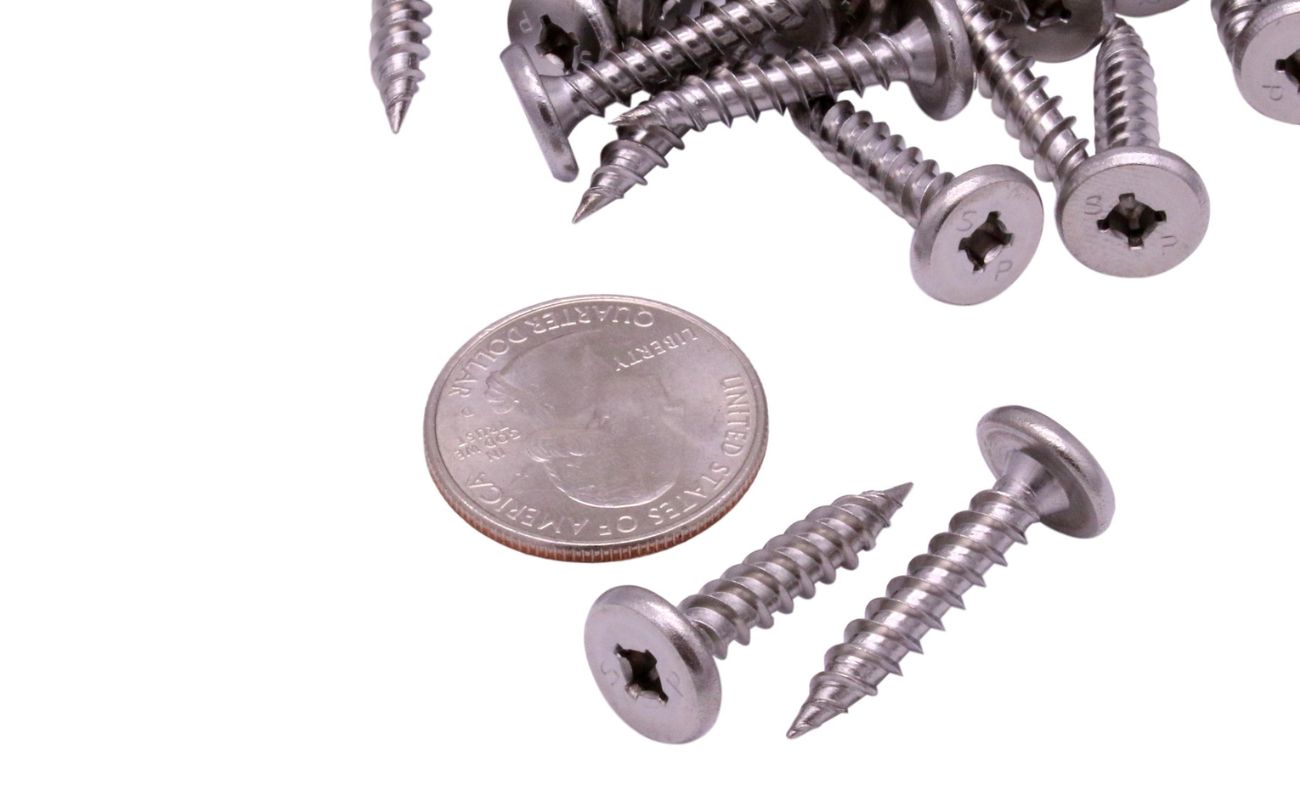
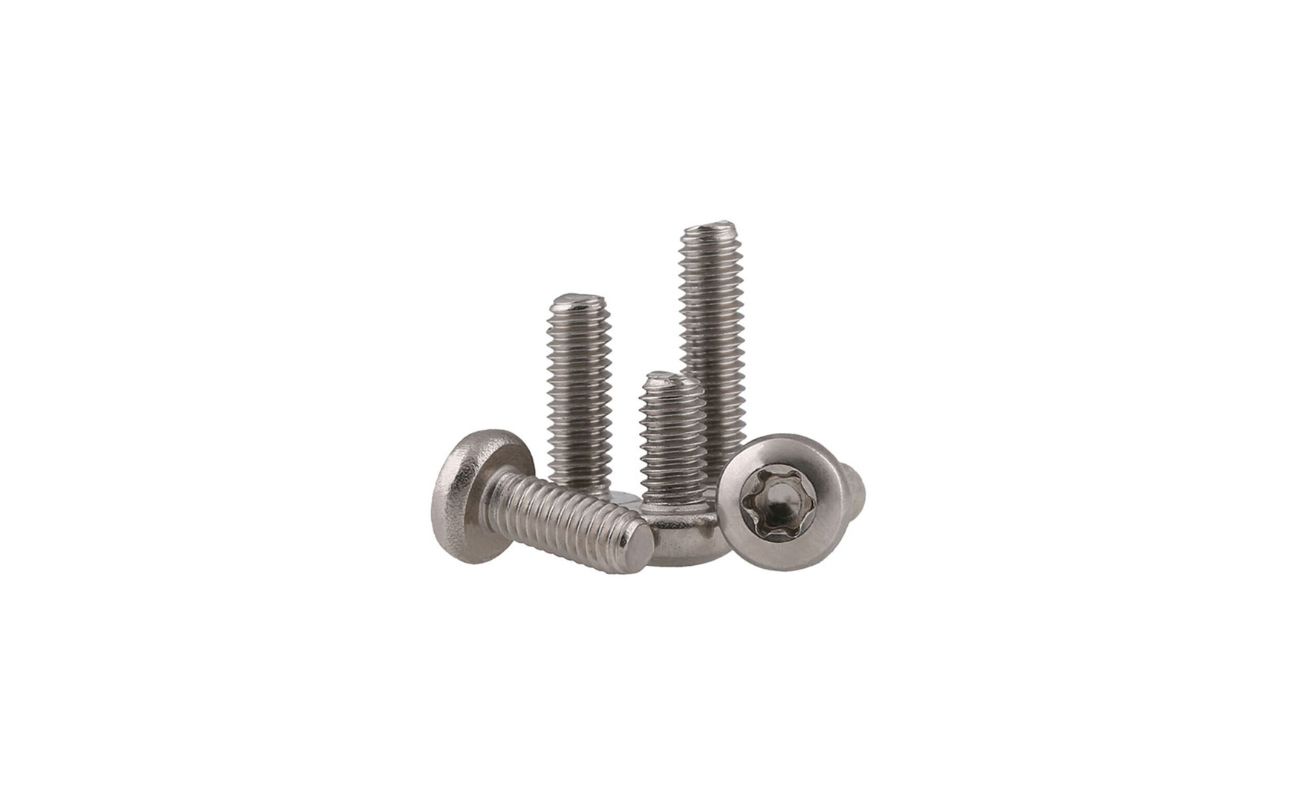
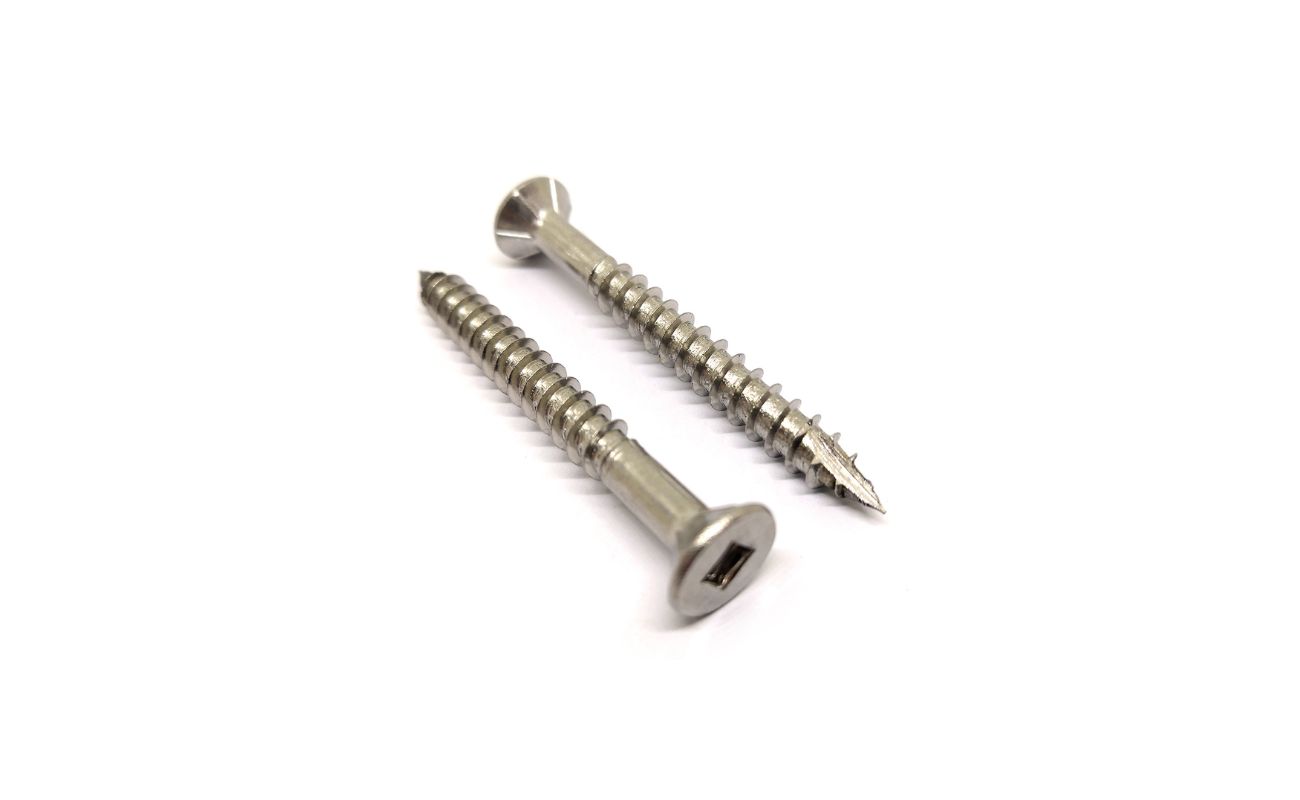
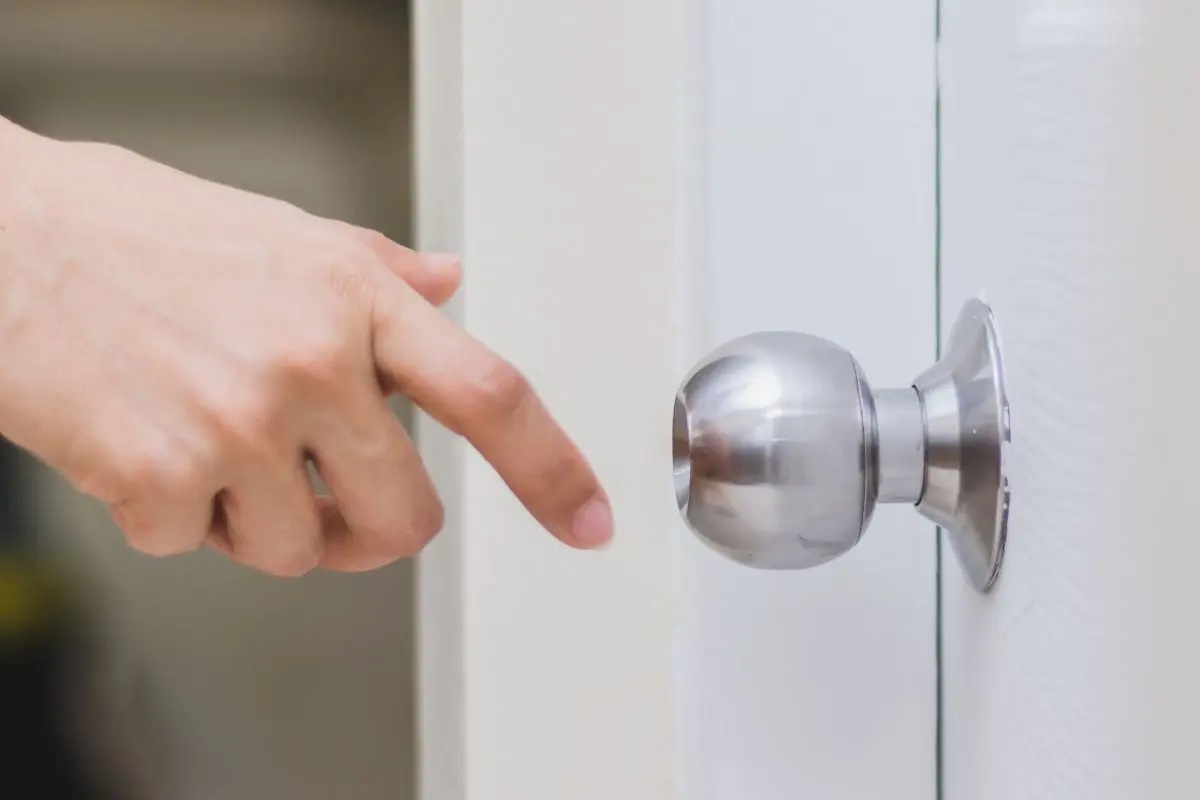
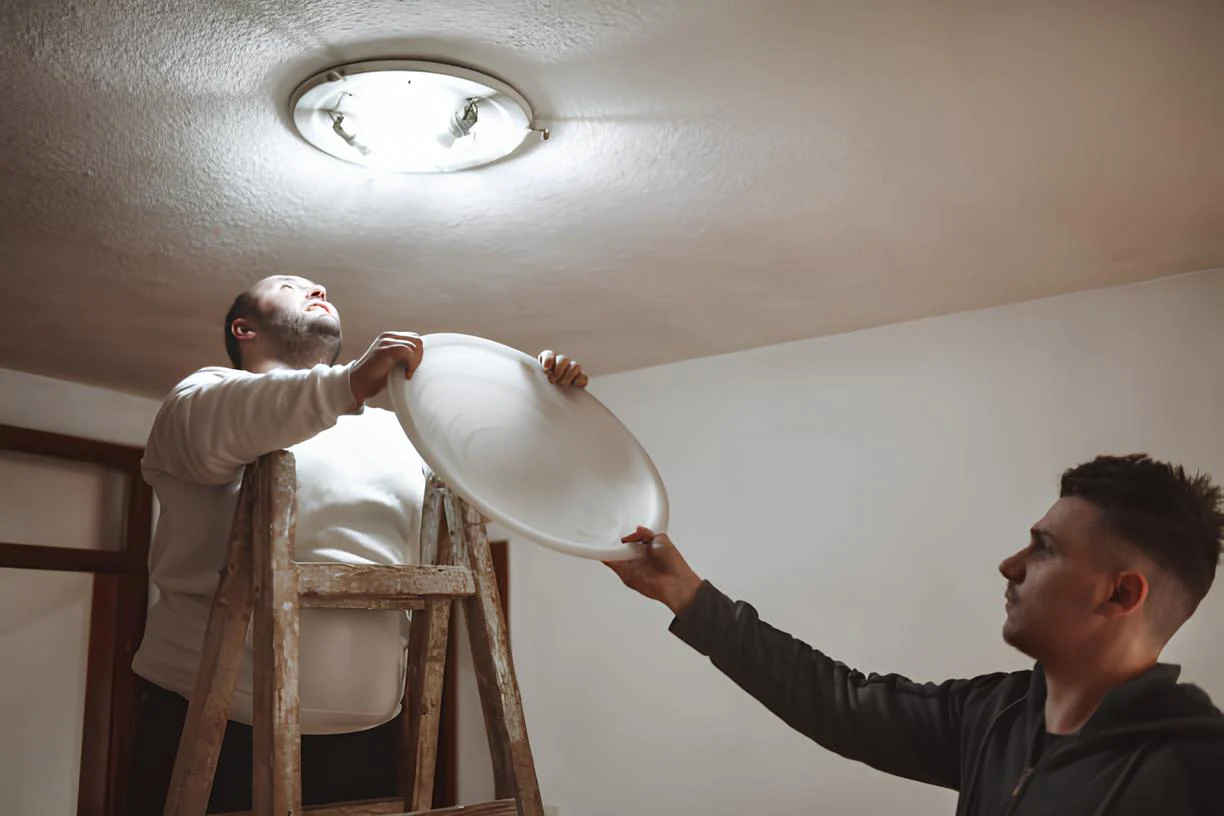
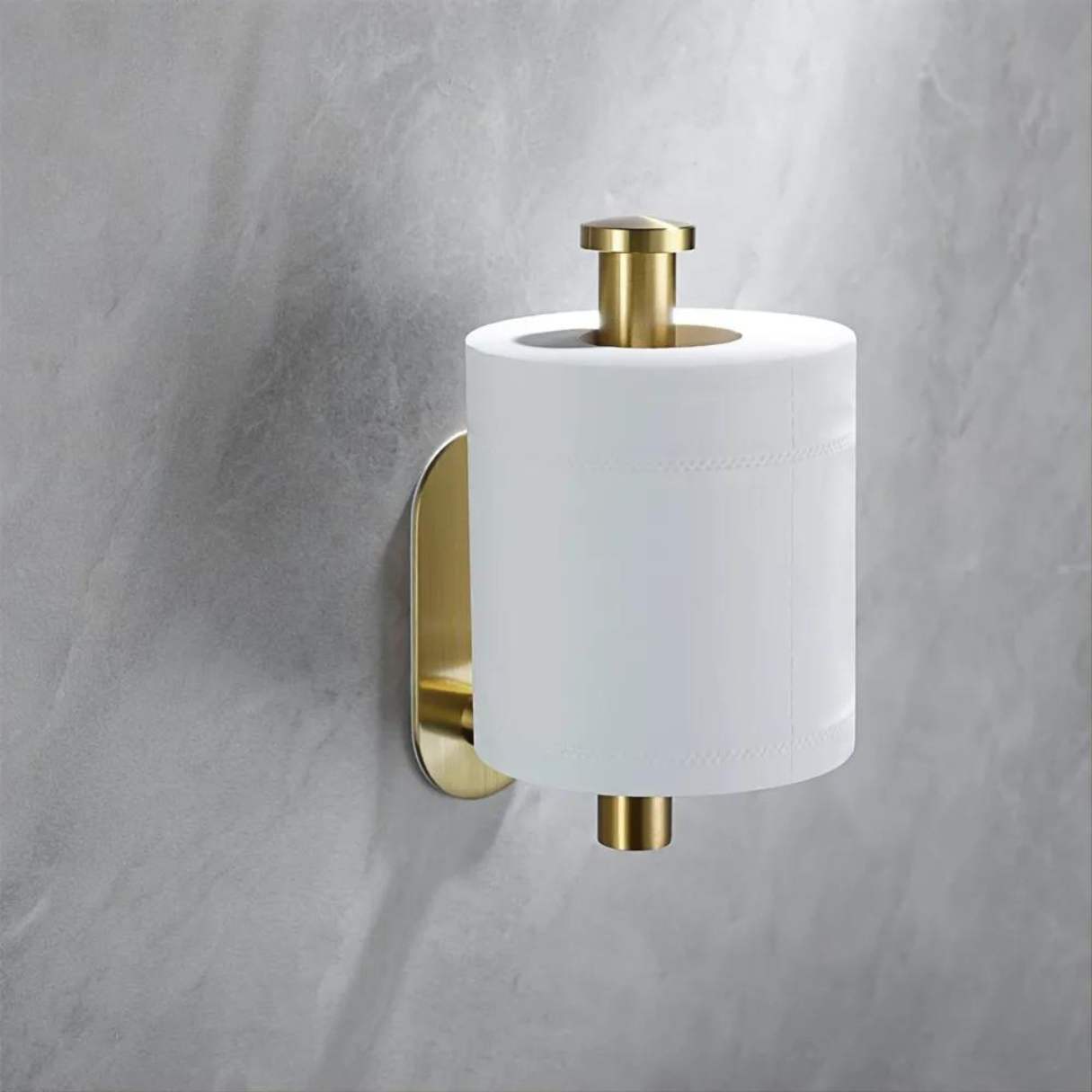
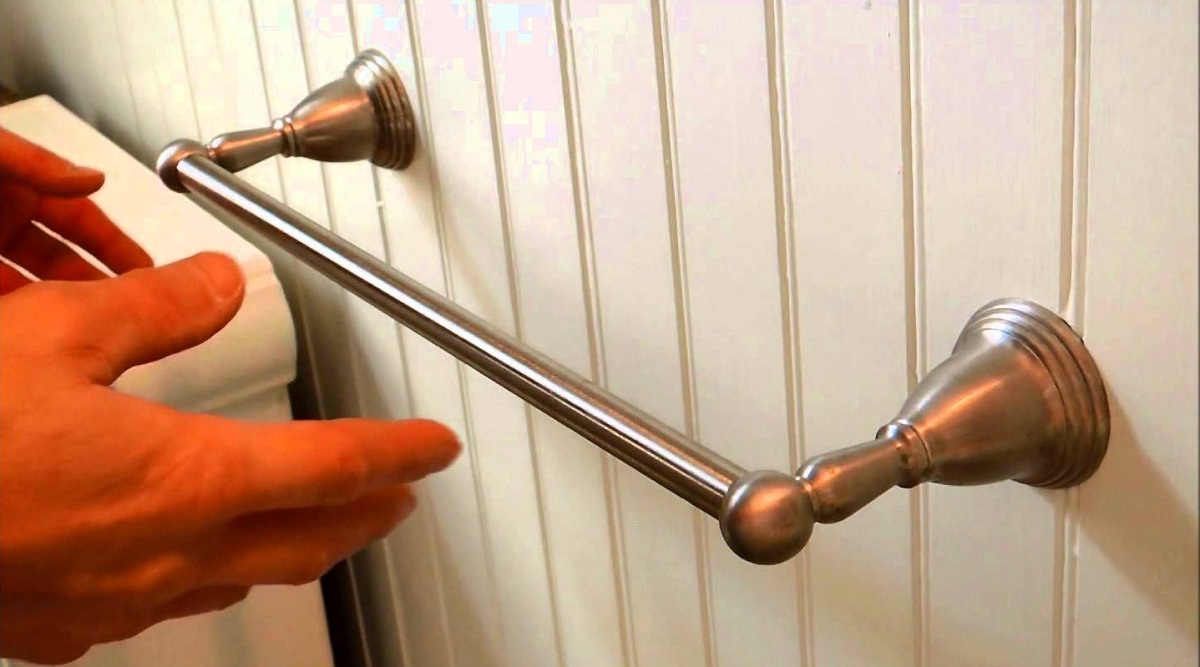
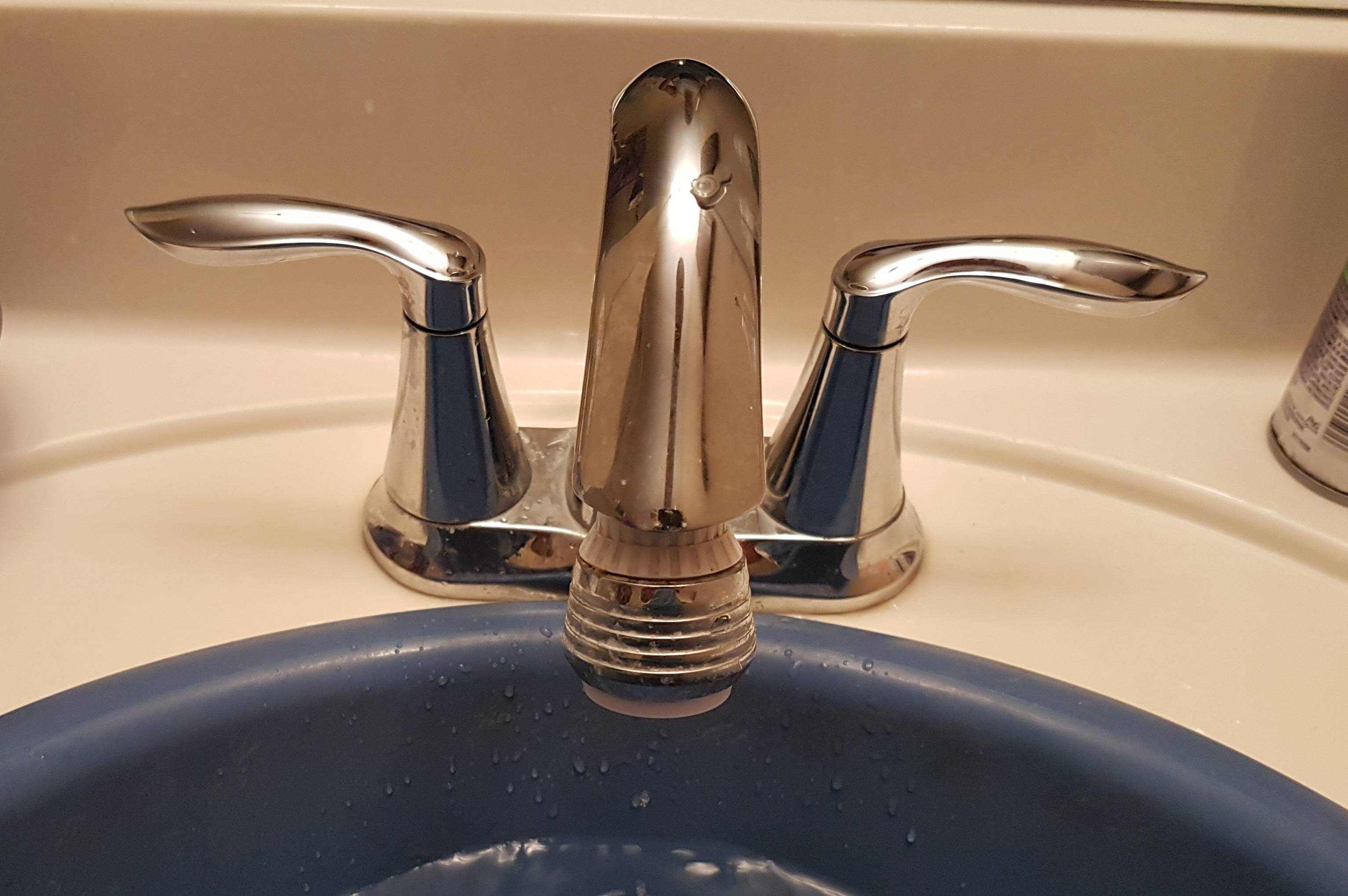
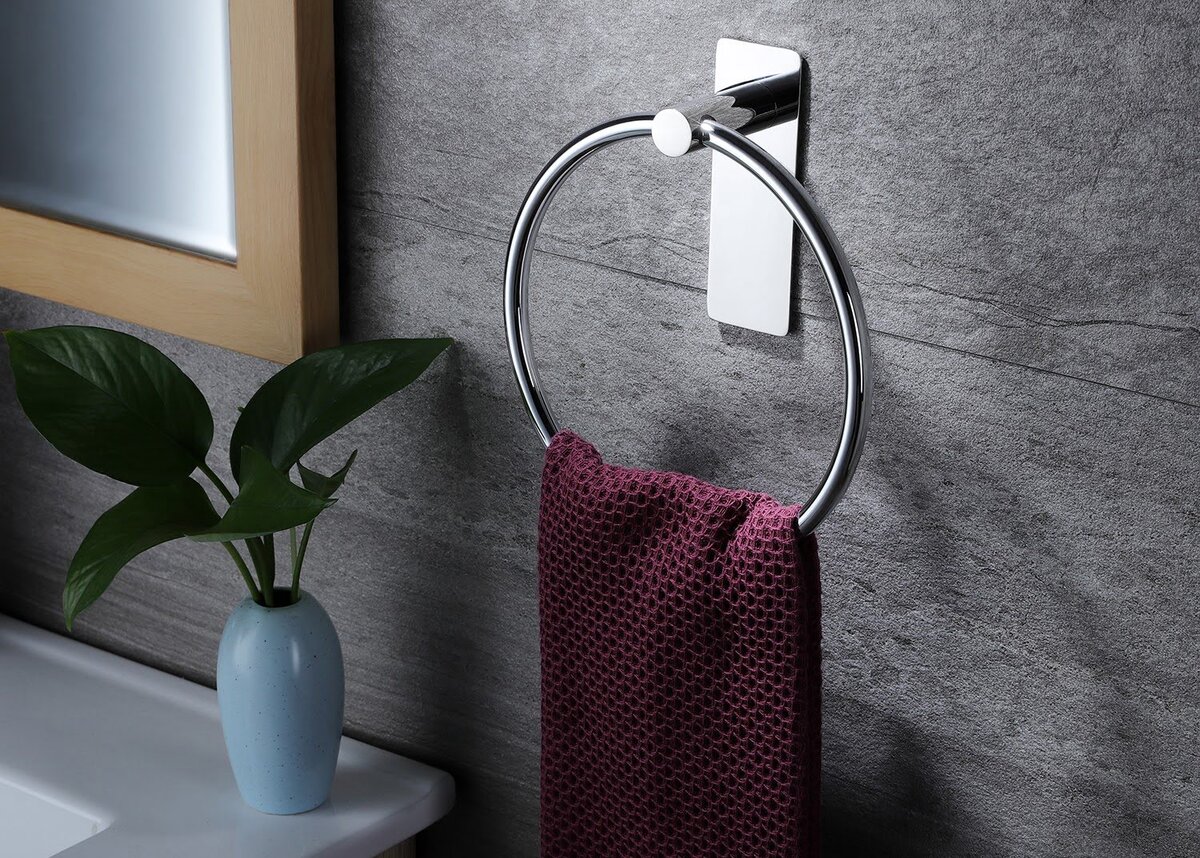
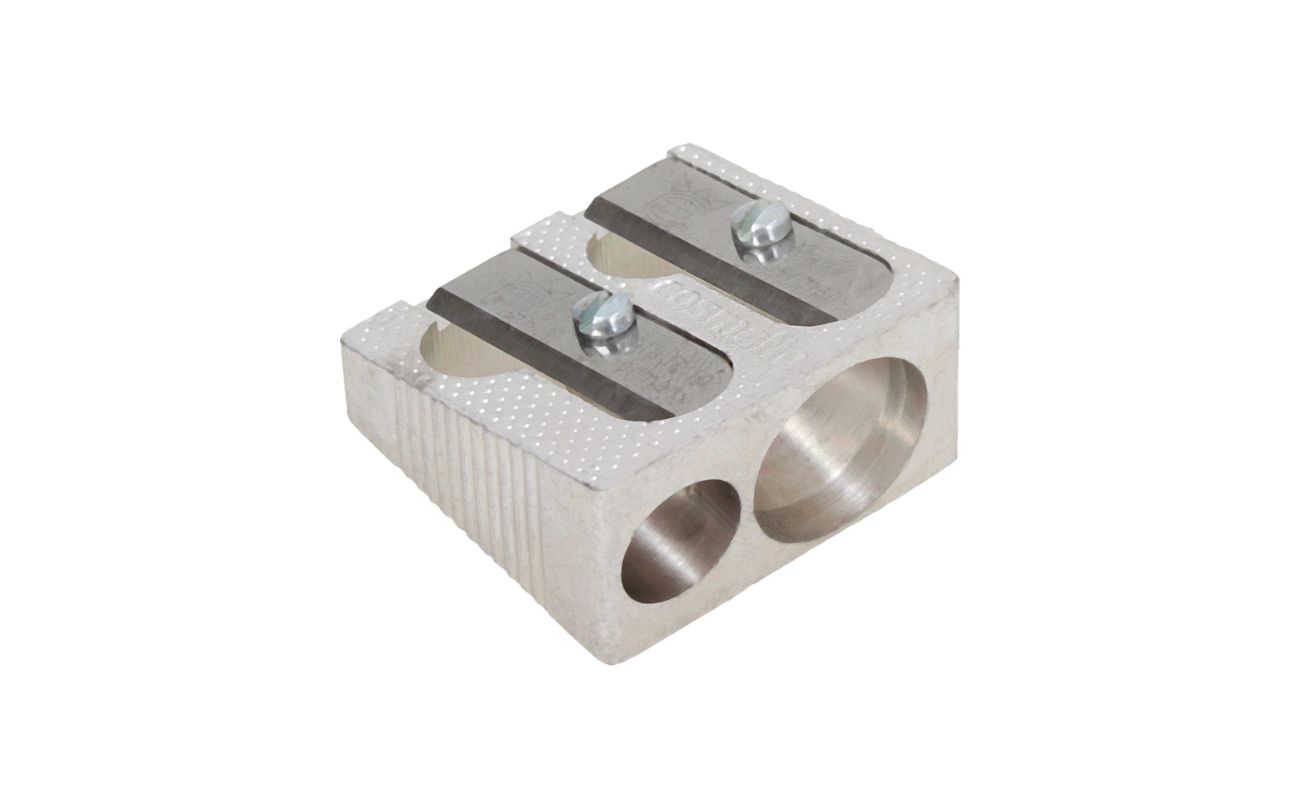
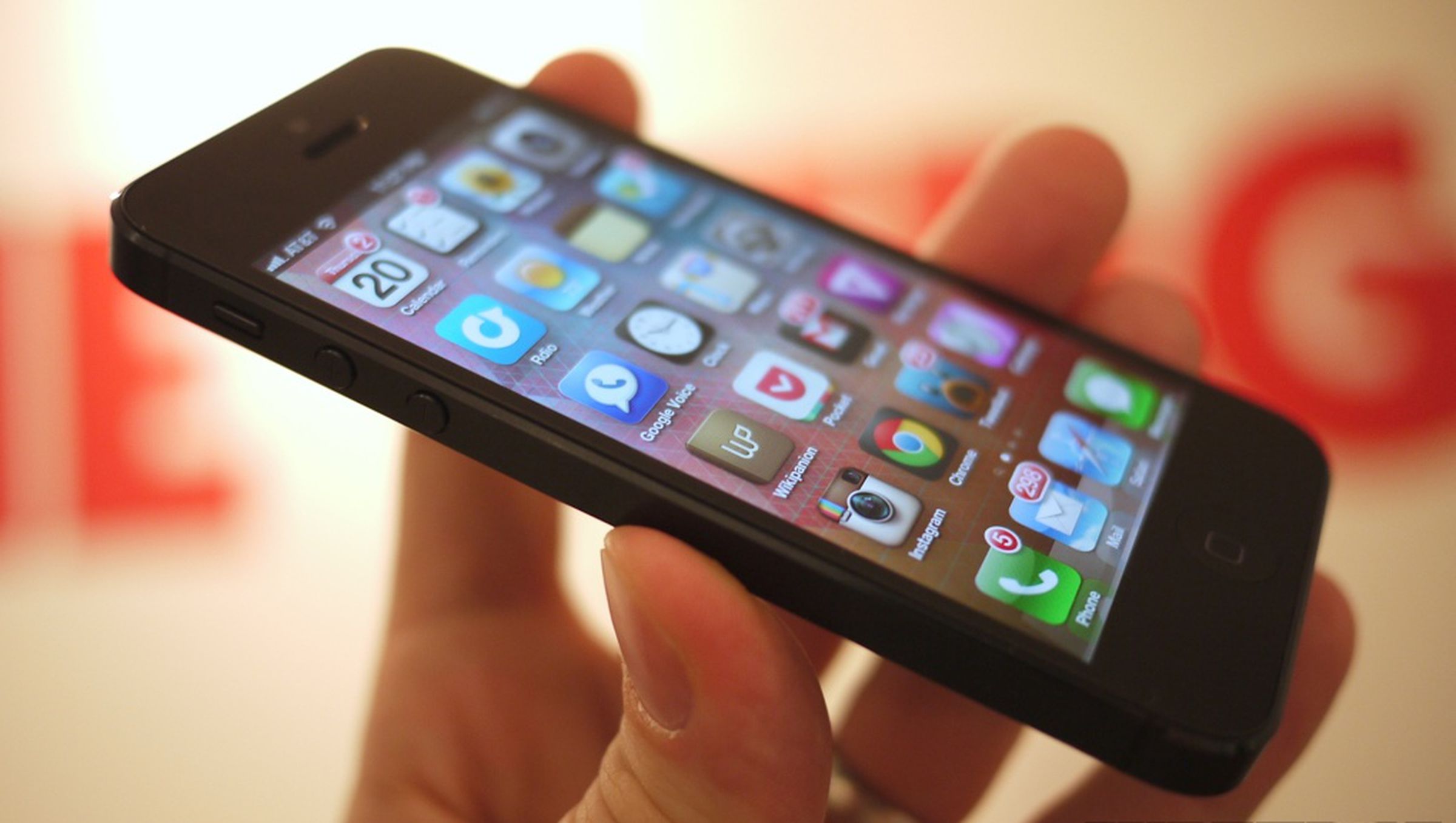

0 thoughts on “How To Remove Small Screw Without Screwdriver”